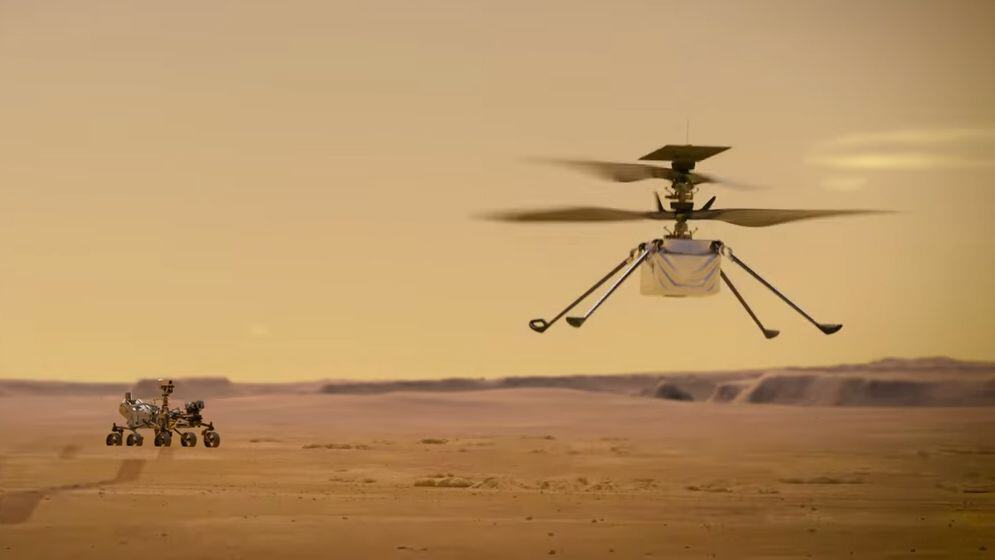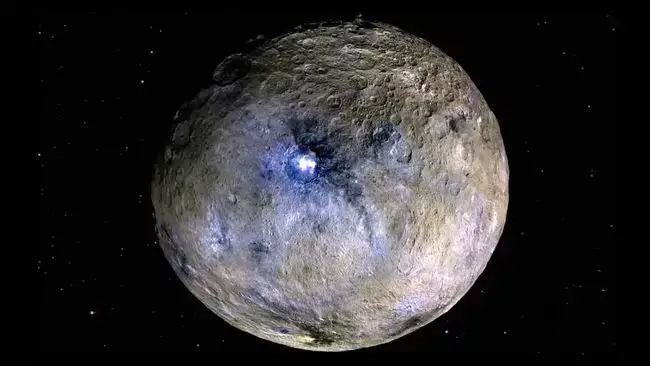The observable universe is so massive that it contains billions upon billions of galaxies. In fact, scientists find it challenging to determine the exact number of galaxies in the Universe.
Even as the number of galaxies within the observable universe has remained uncountable, scientists are certain that each existing galaxy is made up of galactic centers. But what lies at galactic centers? This article will give you an insight into galactic centers and what lies within them.
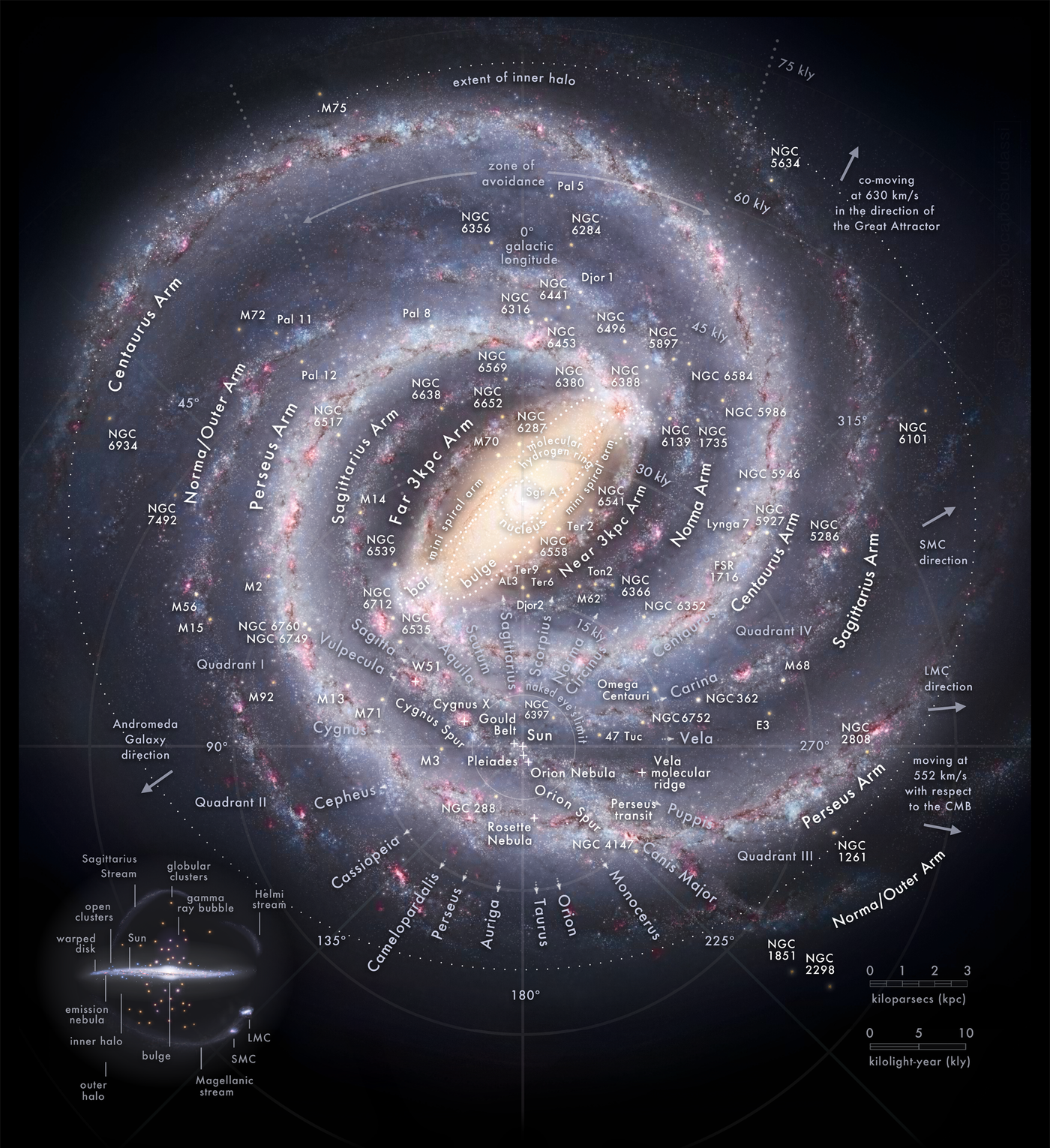
The galactic Center is that point at which galaxies are rotating around. It is always located at the center of every galaxy. Without Galactic centers, no galaxies will have the capacity to hold billions of star systems and planets together. In fact, no galaxy will form in the first place without having a galactic center. Hence, galactic centers are essential for the formation and existence of any known galaxies. Like most galaxies in the universe, our Milky Way galaxy also has a galactic center, located at about 25,000 light-years from the solar system.
What Lies At Galatic Center?
Galaxies that exist in the Universe come in different sizes and shapes. Some galaxies tend to be more massive than others. Despite their different sizes and shapes, galaxies often form following a similar process. This implies that every galaxy has one thing in common, which is a galactic center.
But since their sizes and shapes differ, their galactic centers will also adjust to these differences. Currently, astronomers have discovered four types of galaxies and they include spiral, barred spiral, elliptical and irregular galaxies. What lies at the center of these galaxies is quite different from the rest.
In the middle of spiral, elliptical, and barred spiral galaxies lies supermassive blackholes that hold the galaxies together. Unlike other types of galaxies, scientists discovered that irregular galaxies form due to a collision of two galaxies. Hence, irregular galaxies often have two black holes at their cores. More facts about galaxies types will be unveiled in future posts on this blog. So stay tuned.
What Lies At The Milky Way Galactic Center?
The Milky Way Galaxy is our home galaxy that holds the solar system and other billions of star systems together. What lies at the center of the Milky Way galaxy is the supermassive black hole named Sagittarius A*. Sagittarius A* is so massive that it covers about 4 million times the mass of the sun. The supermassive black hole holds our bared spiral galaxy together.
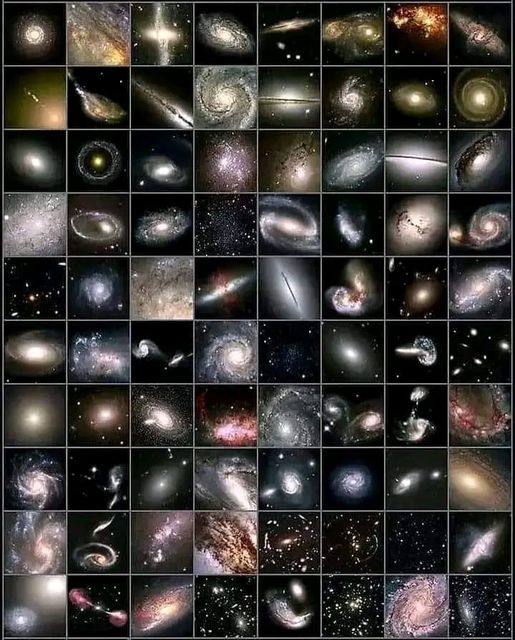
This implies that if the Sagittarius A* ceases to exist in the center of our galaxy, the Milky Way will also cease to exist. This monster black hole is buried deep in the constellation Sagittarius. It continued to pull dust, stars, gas, and other matters toward its inside.
Hence, Sagittarius A* eats everything that comes closer to its environment. So how close is the Solar System to this Galactic Center? The Galactic Center is 25,000 light-years away from the Solar System. So we are quite safe from this powerful supermassive blackhole.
How Was Sagittarius A* Supermassive Blackhole Discovered?
In April 1933, Karl Jansky used a radio telescope to study the center of the Milky Way Galaxy. During this observation, Karl noticed a powerful radio signal coming from a spot in the direction of the constellation Sagittarius, from the center of the Milky Way. Karl Jansky announced his observation and made it known to the world.He was referred to as the father of radio astronomy because of this discovery. Many scientists became fascinated with this discovery, and they made an effort to learn more about the radio signal coming from the center of the Milky Way.
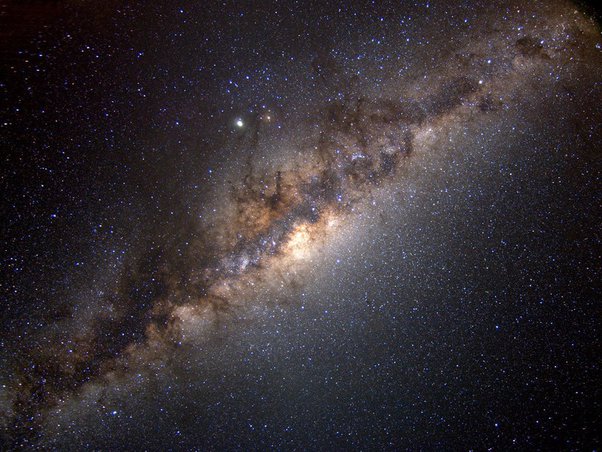
Since the discovery made by Karl Jansky was limited, other astronomers decided to take the discovery even further. Astronomers Jack Piddington and Harry Minnett later used the CSIRO radio telescope located at Potts Hill Reservoir in Sydney Australia to discover a bright and discrete Sagittarius-Scorpius radio source. From this further observation, the astronomers discovered that the radio source was coming from our Galactic Center.
On February 13th and 15th, 1974, Astronomers Bruce Balick and Robert Brown used the baseline interferometer of the National Radio Astronomy Observatory to discover that Sagittarius A is made up of numerous overlapping subcomponents.
This discovery updated people on the event going on in the center of our galaxy. Not until 1982, before Astronomer Brown named the center of our galaxy Sagittarius A* (Sgr A*). On October 31st, 2018, a paper was published detailing the conclusive view of Sagittarius A*. In this publication, it was announced that Sagittarius A* is a black hole.
So How Did Astronomers Come Up With This Publication?
Astronomers used the GRAVITY interferometer and four other telescopes of the Very Large Telescope (VLT) to generate a virtual telescope that is about 130 meters in diameter. These astronomers noticed a clump of gas traveling at about 30% of light speed from the virtual telescope. The emission of these clumps of gas comes from highly powerful electrons.
Astronomers realized that these powerful emissions move close to the supermassive black hole, which appeared as three prominent bright flares. They predicted that the size of this black hole is about four million solar masses. Hence, it was further concluded that Sagittarius A* is indeed a black hole gluing the Milky Way Galaxy together.
When Was The First Image Of Sagittarius A* Taken?
For decades, Astronomers have been finding it challenging to capture the galactic center with their advanced telescopes. The dusty plasma in space made it nearly impossible for radio telescopes to capture the Sagittarius A* in a single shot.
Since a lot of bodies are standing between earth and our galactic center, we have to opt for other means to capture the supermassive black hole holding our galaxy together. In 2017, astronomers used the Event Horizon Telescope to capture direct radio images of the Sagittarius A*.
Since the discovery made by Karl Jansky was limited, other astronomers decided to take the discovery even further. Astronomers Jack Piddington and Harry Minnett later used the CSIRO radio telescope located at Potts Hill Reservoir in Sydney Australia to discover a bright and discrete Sagittarius-Scorpius radio source. From this further observation, the astronomers discovered that the radio source was coming from our Galactic Center.
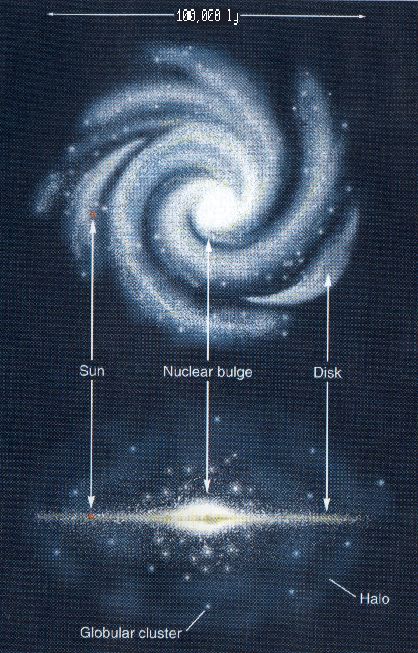
On February 13th and 15th, 1974, Astronomers Bruce Balick and Robert Brown used the baseline interferometer of the National Radio Astronomy Observatory to discover that Sagittarius A is made up of numerous overlapping subcomponents.
This discovery updated people on the event going on in the center of our galaxy. Not until 1982, before Astronomer Brown named the center of our galaxy Sagittarius A* (Sgr A*). On October 31st, 2018, a paper was published detailing the conclusive view of Sagittarius A*. In this publication, it was announced that Sagittarius A* is a black hole.
So How Did Astronomers Come Up With This Publication?
Astronomers used the GRAVITY interferometer and four other telescopes of the Very Large Telescope (VLT) to generate a virtual telescope that is about 130 meters in diameter. These astronomers noticed a clump of gas traveling at about 30% of light speed from the virtual telescope. The emission of these clumps of gas comes from highly powerful electrons.
Astronomers realized that these powerful emissions move close to the supermassive black hole, which appeared as three prominent bright flares. They predicted that the size of this black hole is about four million solar masses. Hence, it was further concluded that Sagittarius A* is indeed a black hole gluing the Milky Way Galaxy together.
When Was The First Image Of Sagittarius A* Taken?
For decades, Astronomers have been finding it challenging to capture the galactic center with their advanced telescopes. The dusty plasma in space made it nearly impossible for radio telescopes to capture the Sagittarius A* in a single shot.
Since a lot of bodies are standing between earth and our galactic center, we have to opt for other means to capture the supermassive black hole holding our galaxy together. In 2017, astronomers used the Event Horizon Telescope to capture direct radio images of the Sagittarius A*.
These astronomers combined images of the Sagittarius A* captured from different observatories around the world to get a high-resolution image of our galactic center. However, future telescopes will enable us to have higher resolution images of the Sagittarius A*.
Conclusion
Galactic centers are one of the most fascinating spots in the universe. Since our observable universe is made up of billions upon billions of galaxies, scientists have focused more on learning about these galaxies and their potential. We started studying these galactic centers using the center of the Milky Way Galaxy in the 1930s.
Even though we are yet to upgrade our knowledge about what happens at our galactic center, future technologies will give us more potential to explore the Sagittarius A* and learn more about the universe. Do you believe that we can become technologically advanced to explore the Sagittarius A* someday in the future?



